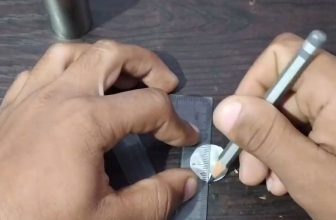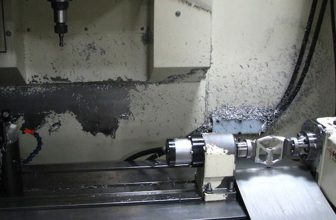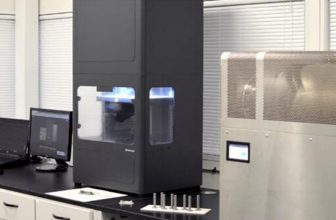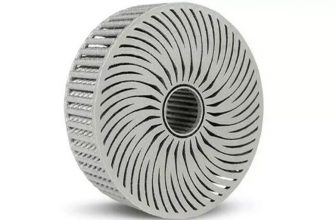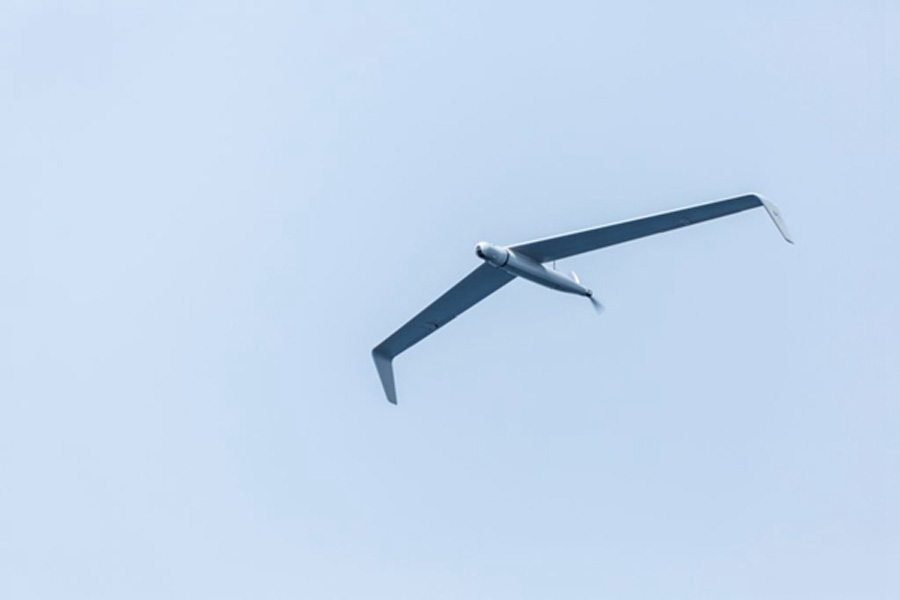
From the 1980s to today, drones have always been important, but why is 3D printing important to unmanned aerial vehicles (UAV)? Why is the future of drones and the future of 3D printing so intertwined?
Part of it is a historical accident. The drone boom in the United States has caused many different parts of the military to suddenly want many different types of drones. The production volume is very small, and everyone has their own specifications. Many companies join and naturally use 3D printing for prototyping. Since Paramount Industries, Digital Harvest, and Solid Concepts had many years of experience in 3D printing aircraft prototypes and functional military parts at that time, as an industry, these components could be provided quickly and competently (Paramount was Stratasys is responsible for 3D Systems and the latter two). There is a long-term cooperative relationship between 3D printing services, design departments, defense contractors and the industry. This brings confidence, trust, and most importantly, a thorough understanding of what 3D printing can and cannot do from the mid-1990s to the mid-2000s.
When the United States had to borrow drones from Israel for reconnaissance and deep penetration missions during the 1990 Gulf War, drones flourished. At the same time, the key element of the U.S. anti-Iraq radar defense campaign is the use of the now very old Chukar UAV, and the U.S. hastily put several of them back into service. The large Safari team combined drones, decoy drones, command and control aircraft, jammers and fighter jets, and Rivet Joint aircraft to conduct complex air defense efforts in a coordinated manner, which was influenced by Israel’s successful “action” in 1982. Inspired and guided. Drones are no longer toys, they are the key to the large-scale invasion of the United States.
After winning the order, many of these companies have simply owned flying or partially functional prototypes with 3D printed parts. When it is convenient and feasible, the easiest thing for them is to continue printing these components on the final drone. This makes the U.S. military and defense departments more confident, which in turn makes the use of 3D printing in the final drone more confident.
There is also a need for more specialized drones, such as those used to sniff Iran’s nuclear facilities or North Korea’s missile program. For these drones, special modifications are required. At the same time, there is a real danger that these countries, which have excellent air defense systems and countless air defense systems, will shoot down drones and learn their secrets. Take Iran as an example. The incursion of drones into its aerospace seems to have inspired the country’s massive development and investment in drones themselves. Indeed, for example, the country has publicly rejected and rebuilt the “Global Hawk”. In other cases, drones with many 3D printed parts made specifically for these tasks will reportedly be used. This means that if they are shot down there, they will not reveal the latest and most advanced technology in the United States. This work and other efforts have further promoted the adoption of 3D printing throughout the military-industrial complex.
The fuel cell is 3D printed and equipped with a fuel cell housing. Complex winglets, wing parts, flap parts and engine parts are also made using 3D printing. The fuel tank, shell, bracket, fixed frame and complete wing and superstructure elements were also 3D printed. In the entire drone, many parts are made with 3D printing, because it can perform greater functions and be lighter or cheaper to manufacture.
Why is 3D printing so meaningful for drones?
.3D printing is a fast and low-cost technology from drawing board to actual part.
.3D printing is a weight-saving technology, through which you can reduce the weight by 40% to print the same parts.
With 3D printing, you can integrate multiple components into one assembly, saving storage, tooling, and capital costs, and making it easier to redesign parts.
.Using 3D printing, you can make components that other technologies cannot do.
.3D printing makes it easy to redesign or reuse designs and parts. In this way, your unmanned drone design for the U.S. Coast Guard can quickly be transformed into a winning drone for the Belgian Navy or the Estonian Border Police.
. Quadcopters and large commercial drones can also be used for mapping and real estate applications, and are purchased by the military and government. As a result, the company is forced to innovate quickly to stay ahead of low-cost alternative products.
. Budget expectations are very low, because people have been able to buy affordable Israeli drones.
. UAVs have almost no regulatory or compliance requirements, so for the Air Force and other planners, they are a simple test platform for new 3D printing technologies.
UAVs have few regulatory or compliance requirements, so they are a way for defense contractors to showcase new technologies and designs.
The number of drones is very small, and some production requires 20 or 40 aircraft.
.Unmanned aerial vehicles have been in service in the United States in some way for decades and are regarded as military remote-controlled aircraft. Therefore, they have high expectations and familiarity with planners, and planners are unwilling to squander this technology. Large-scale, expensive plans such as Star Wars are the opposite or invisible.
Senior Air Force and other planners have been studying super secret 3D printed components in cutting-edge designs, which makes them more aware of this technology and even more dismissive.
.Polymers are much lighter than metals. With few safety rules, many of these things are not expected to last for 30 years, because many metal parts have been replaced by polymers where feasible.
In the past few decades, the United States has had many wars on many different battlefields, which means that the consumption rate of drones is high, front-line information has led to better company designs and more military requirements. high.
The success of Predator drones and terrorist attacks killed civilians, which has aroused widespread attention and interest in drones around the world.
. A considerable amount of technological optimization means that drones are regarded as a transmission tool and way to bring the Internet to everyone. This may be correct, but so far, it has allowed investors to enter the field with more cash than people think.
.3D printing and CAD, as well as a network of manufacturing companies capable of manufacturing aerospace parts, have greatly reduced the barriers to entry into the drone and aviation markets.
The success in one field, from the outstanding performance of the MALE drone, has led to investments in other fields, such as bee-sized camera drones.
After the UAV boom in the United States, people have learned about 3D printing and have been widely used in the U.S. defense agencies. As an industry, we have gone from curiosity to an important technology for the largest army on the planet. With more and more new developments, more and more drones are being built to cope with infinite uncertainty. However, the development of unmanned aerial vehicles did not tightly grasp the pace of the United States and its allies, but opened up a Pandora’s Box. In the next part, we will study how drones have become an important weapon in regional conflicts, and how unconventional and terrorist forces use drones.


